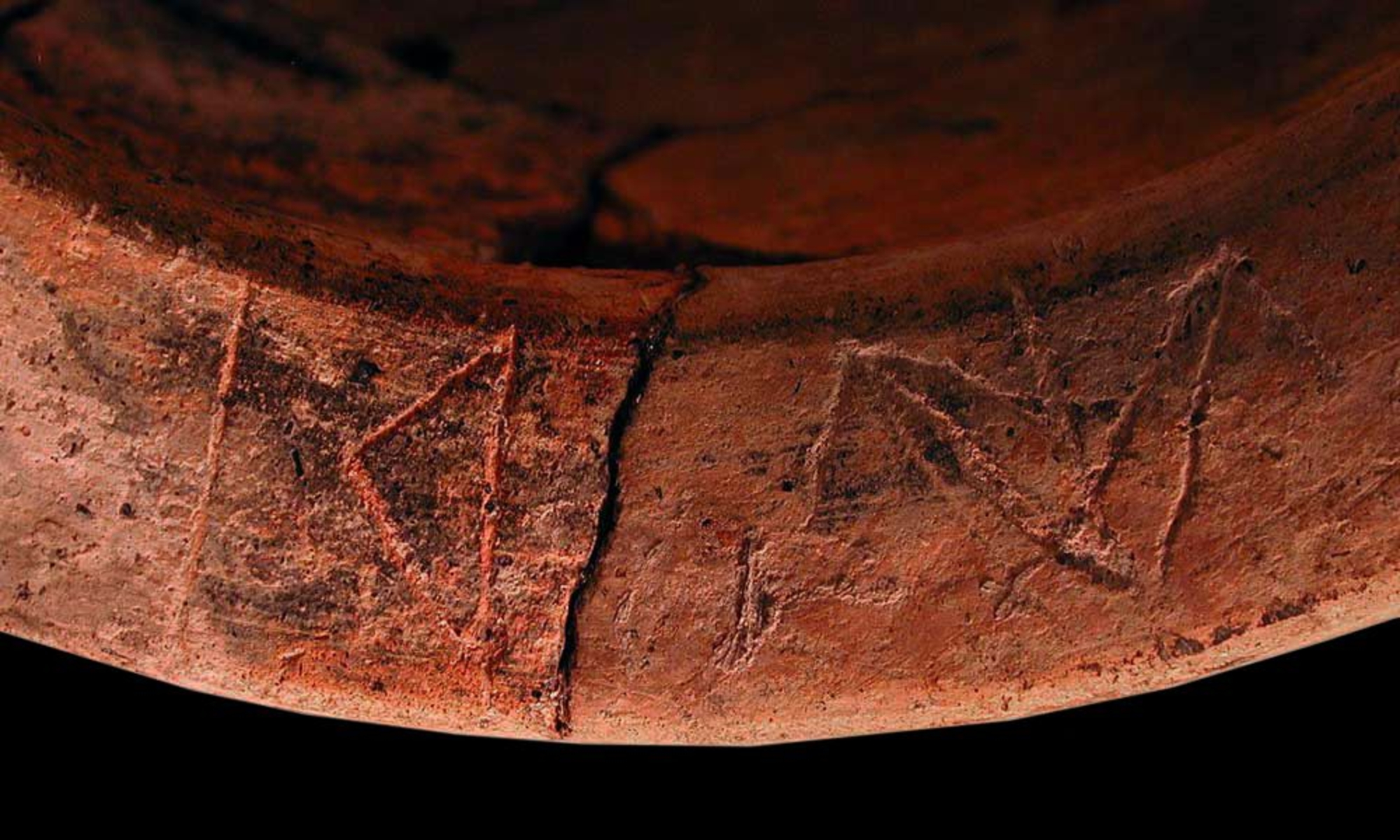
- Home
- Crafts and trade
- A period of changes
475/400 BCE
Around 475 BCE, the sectors occupied by the Etruscans were destroyed by fire. Shortly thereafter, new construction began in the town and, at the same time, there was also a change in the origin of imported goods. Etruscan imports tapered off, while those from the Greek world increased. From this point onward, Massalia would dominate trade in the northwestern Mediterranean, as can be seen from vases discovered at Lattara. Wine from Marseille was imported on a massive scale, as witnessed by the very many amphorae that have been unearthed. Table- and cookingware were also produced in Marseille, with vases and mortars made from the same clay that was used to make amphorae.
The town also imported Phocaean-style gray pottery and light-colored ceramic recipients (“céramique claire”) that were produced either by the Massalians or by indigenous craftspersons who imitated Greektechniques and forms. Lamps were also traded. Luxury ceramics, which were created in the region of Athens, were imported into Lattes by the Massalians, as were certain wine amphorae made in Greece or Magna Graecia. At times, commercial exchanges required that real contracts be drawn up. Lattes also imported products from other lands, including olive oil, fish paste and wine from Iberia and Carthage, for example.
Some exotic objects, such as an Egyptian scarab, also made their way to Lattes after changing hands several times. We have every reason to believe that in the second half of the 5th century BCE, Marseille enjoyed a trade monopoly in Provence all the way to the Hérault. The city even exported products beyond this zone, as far as Aquitaine and continental Europe, via the Garonne, Rhone and Saone valleys.








